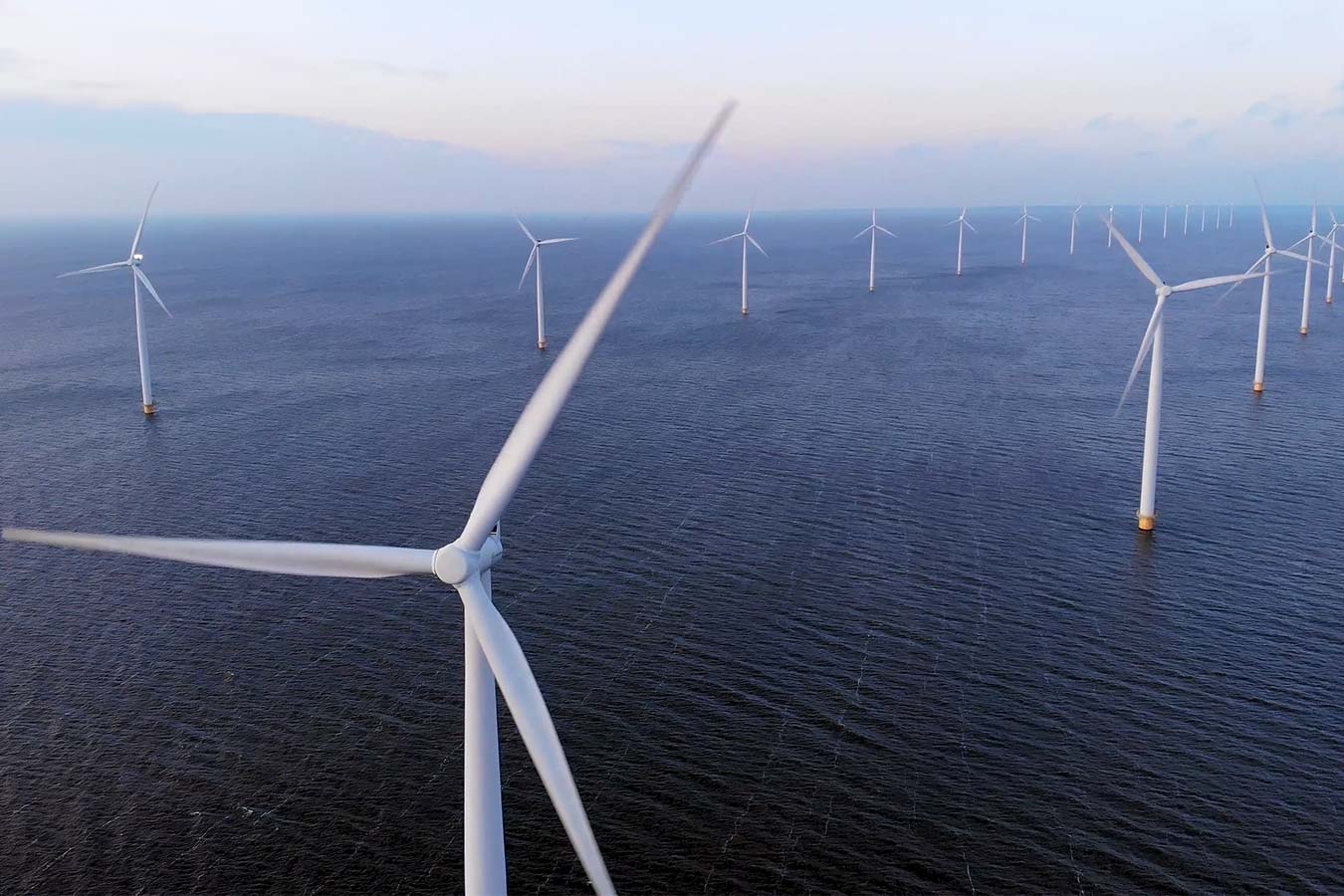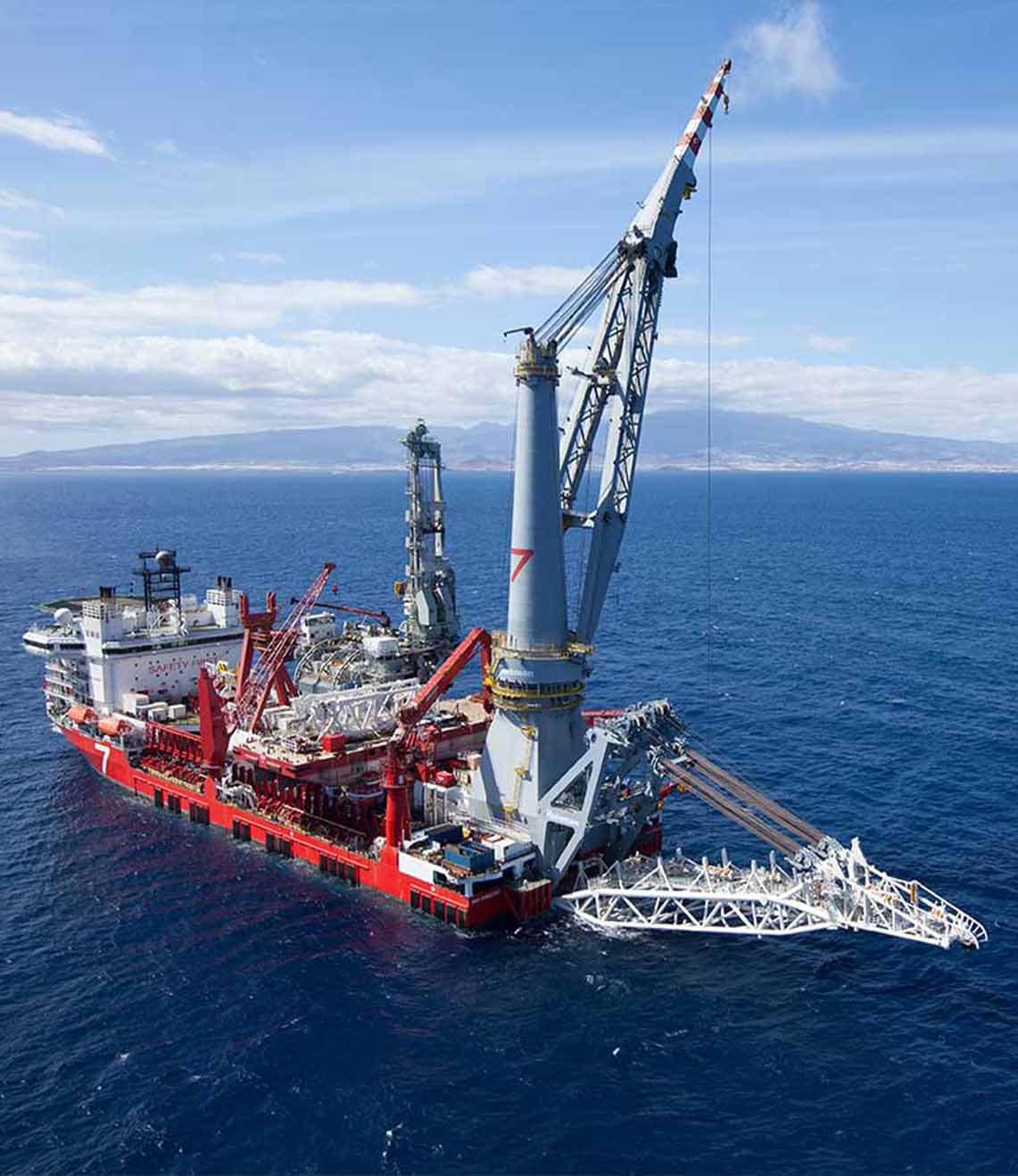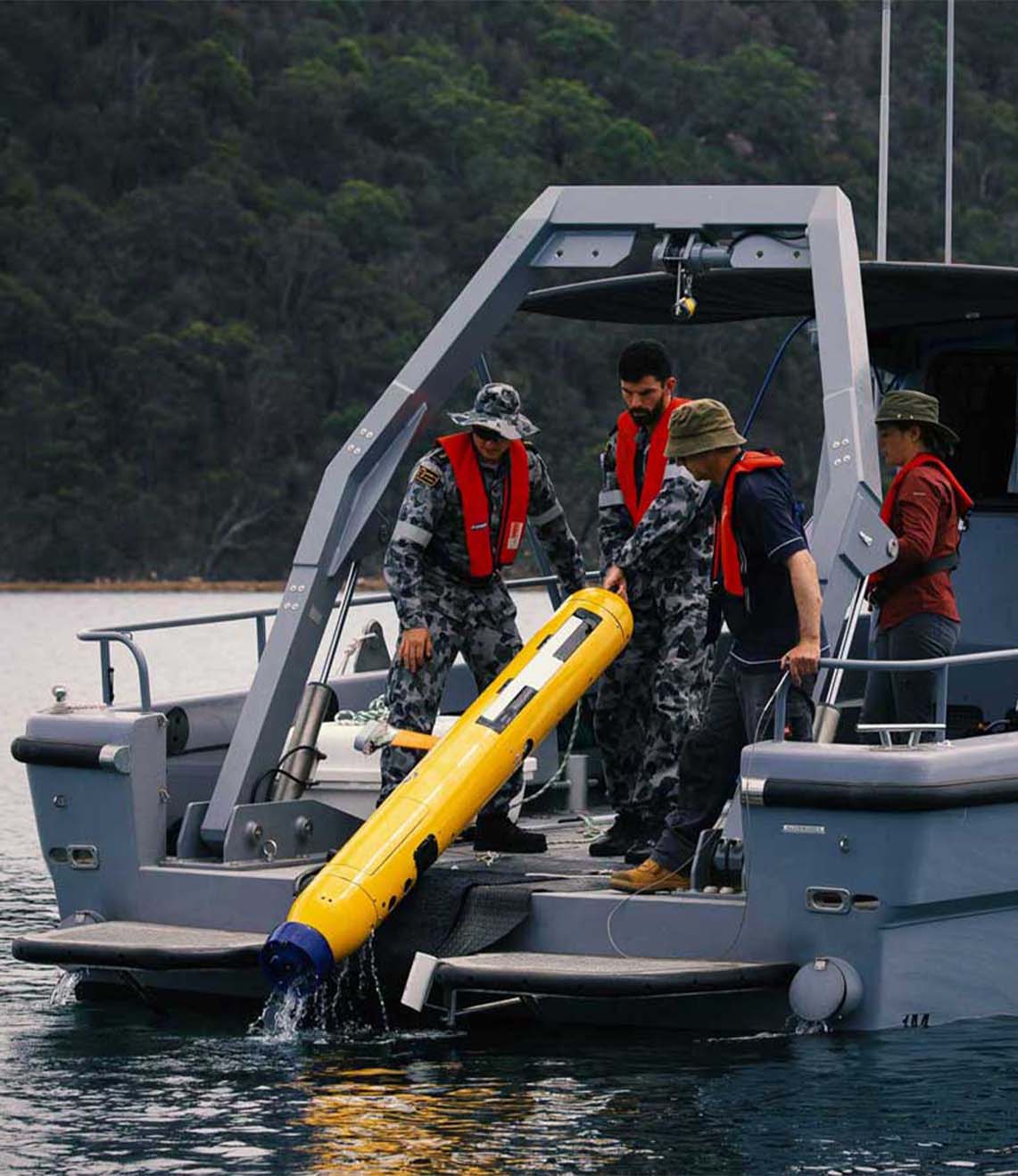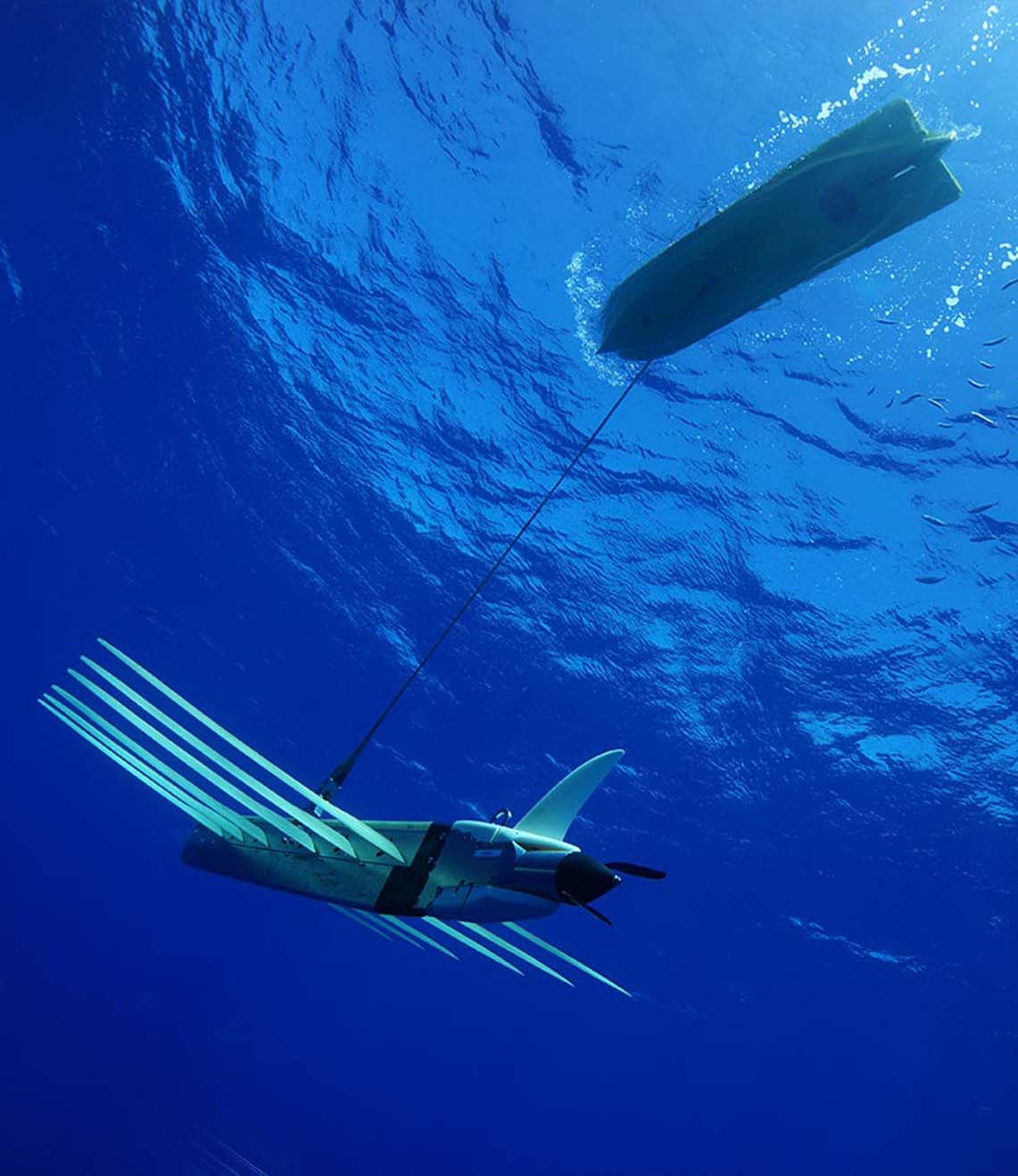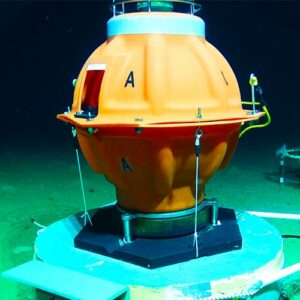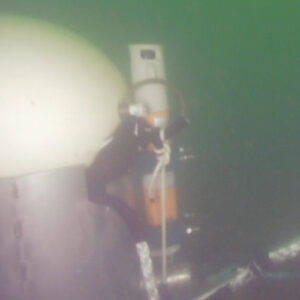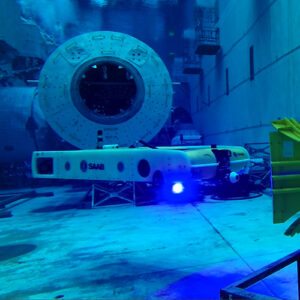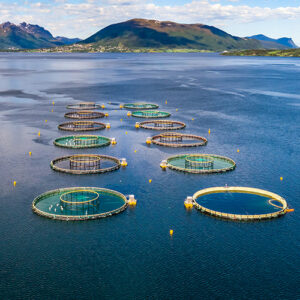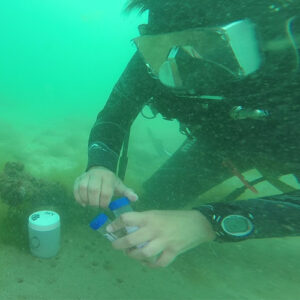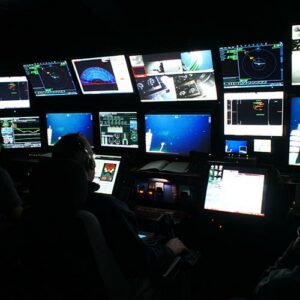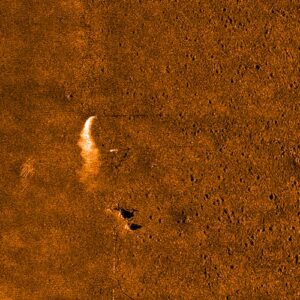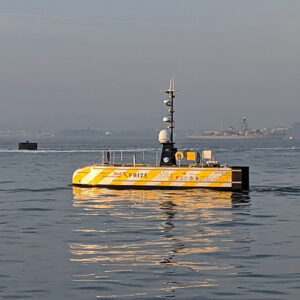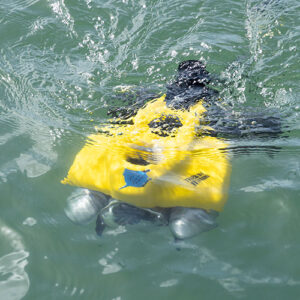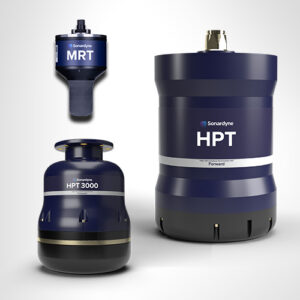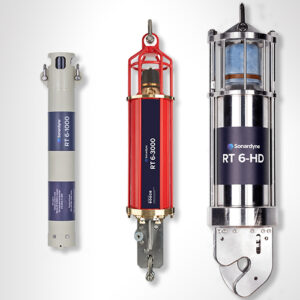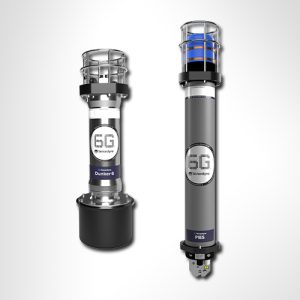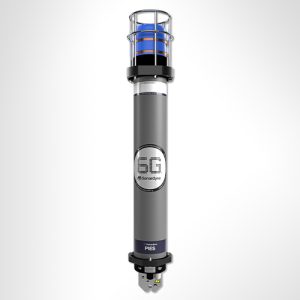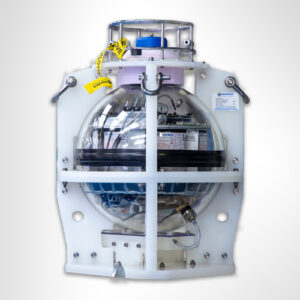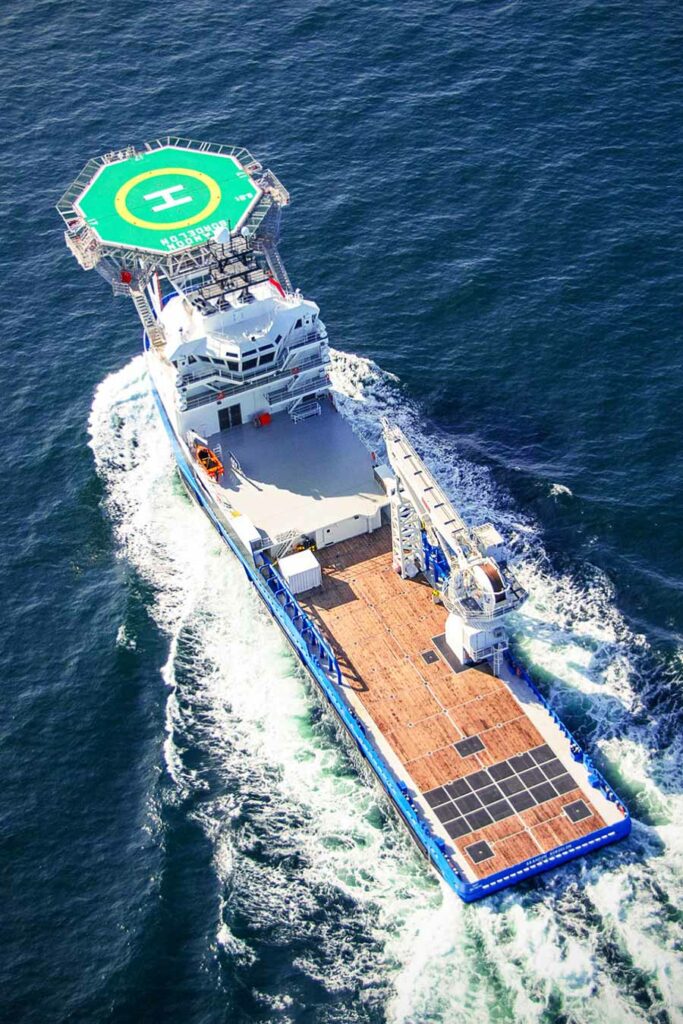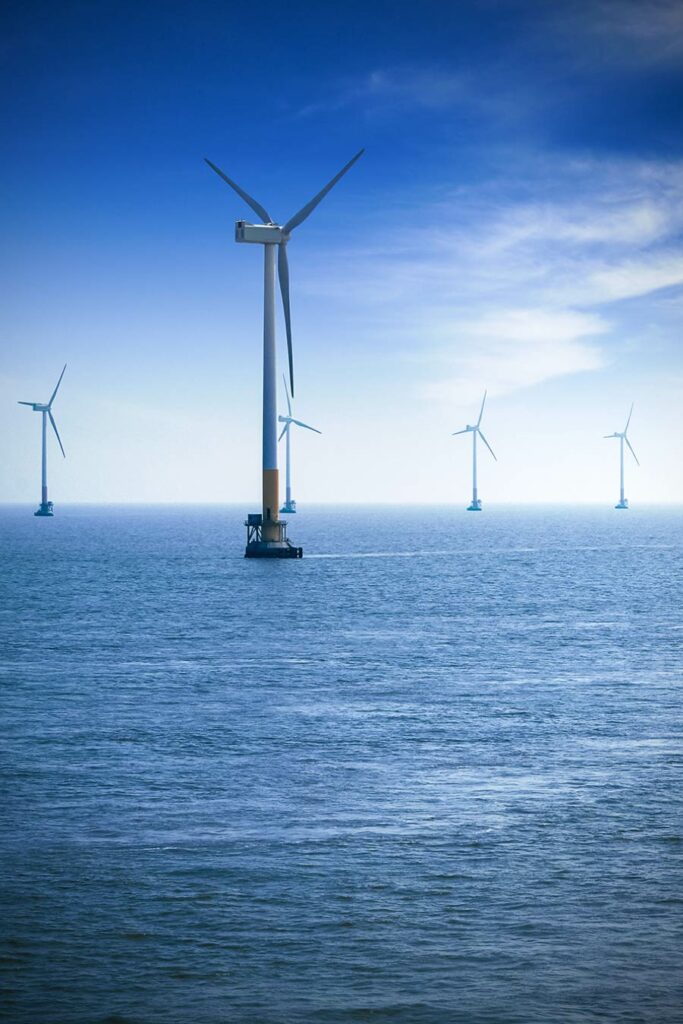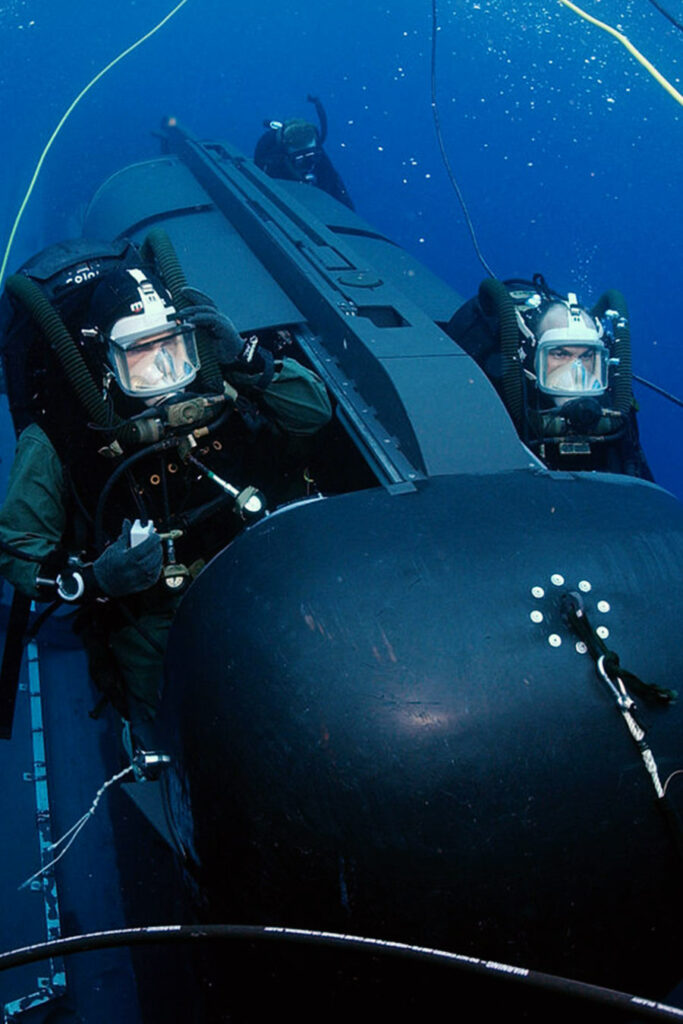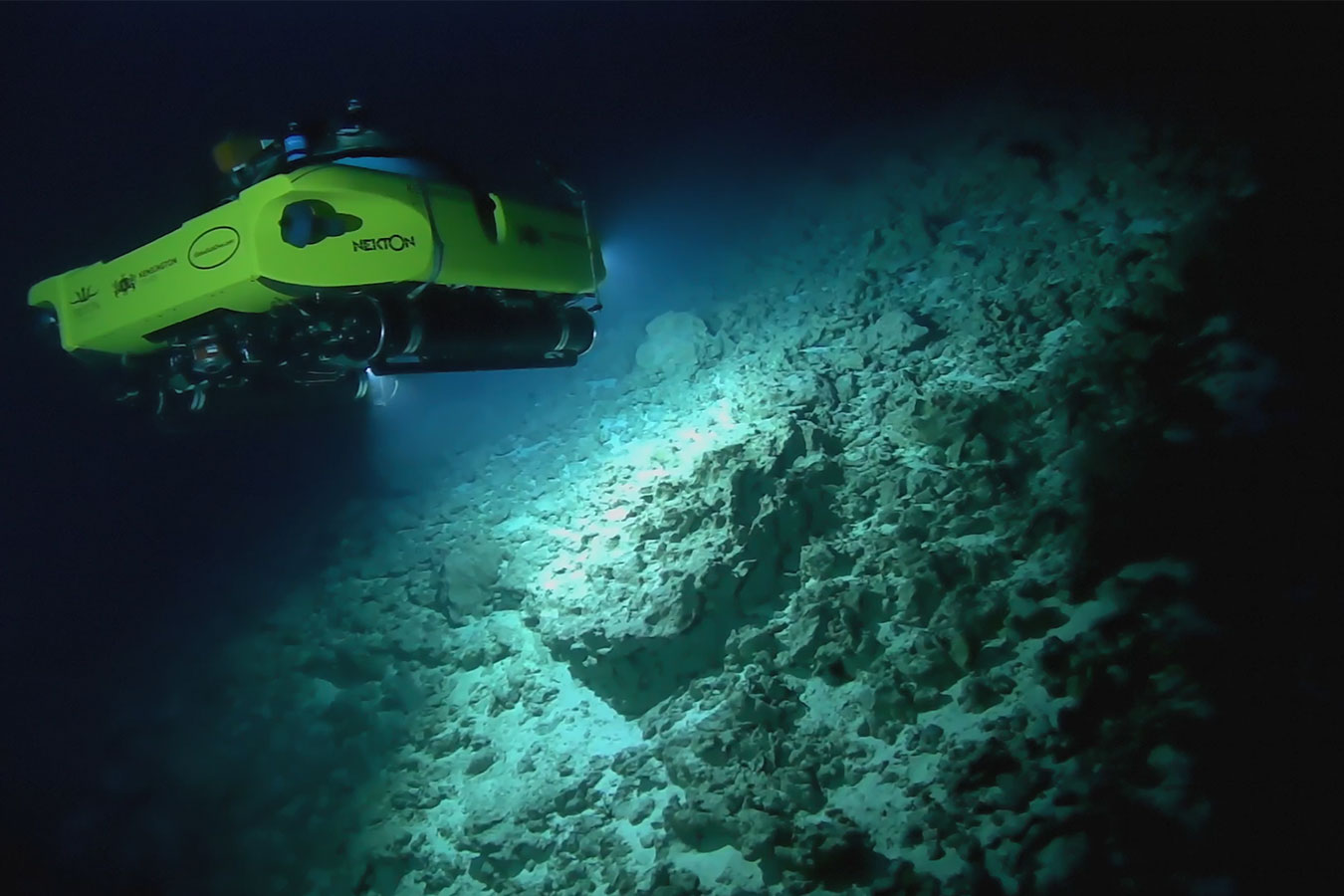
Pioneering underwater technology to underpin your pioneering research
From the littoral zone to the deepest oceans, our technology is at work with organisations like yours; gathering and delivering your data – responsibly and sustainably.
Coastal and ocean observation requires a broad spectrum of technologies and techniques to enable data collection on a variety of spatial and temporal scales, ranging from physical collection of samples by divers, corers and vehicles, to long-term remote and autonomous observatories.
We deliver both off-the-shelf and tailored solutions to meet your science-at-sea requirements, solutions that are trusted globally by universities, research institutes, not-for-profit foundations, as well as MetOcean companies. By working hard to understand your needs, we make investing in, and integrating Sonardyne systems and instruments into your projects low risk and low cost while optimising outcomes.
Our solutions help you to concentrate on your science and not worry about the technology
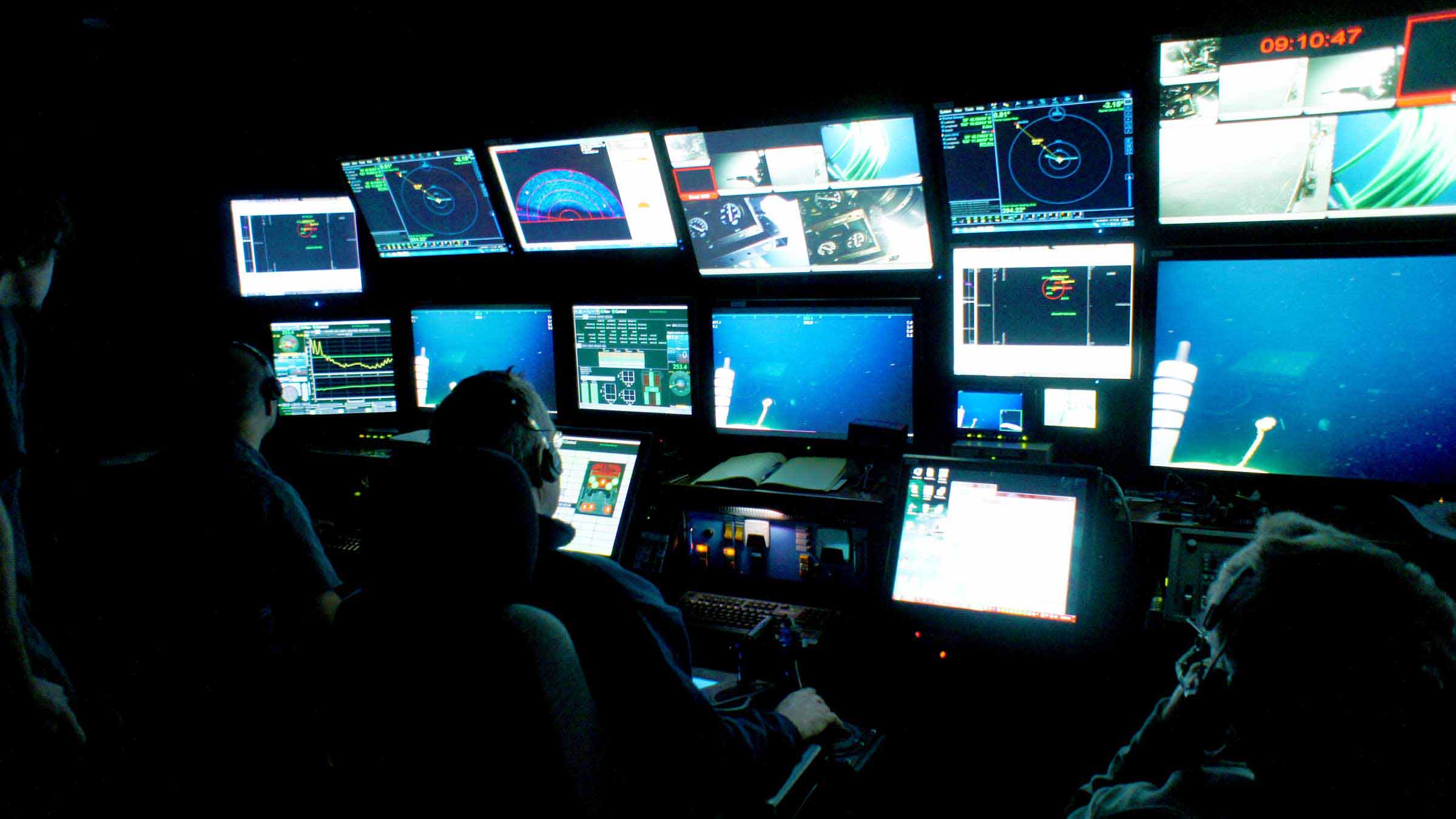
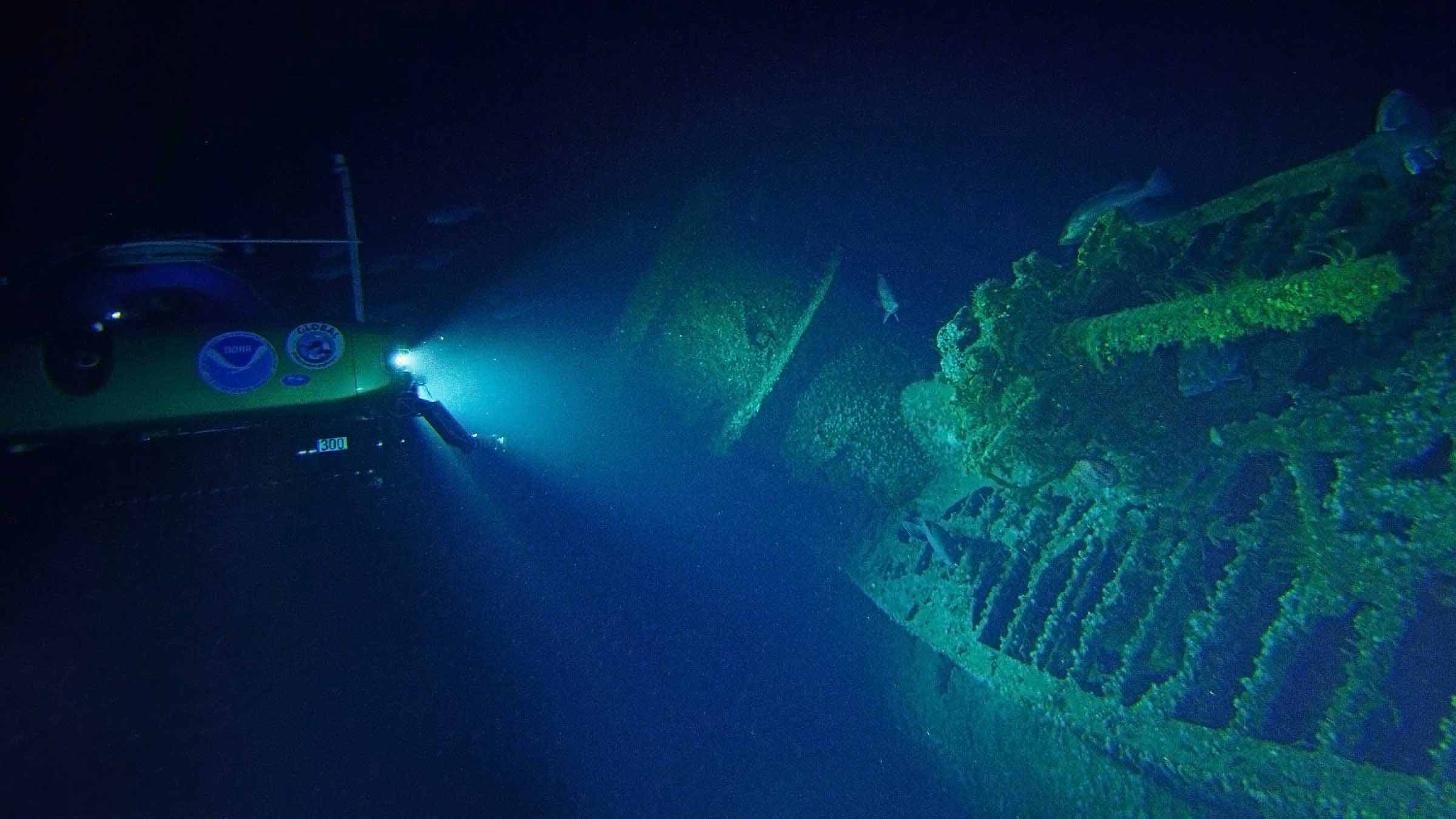
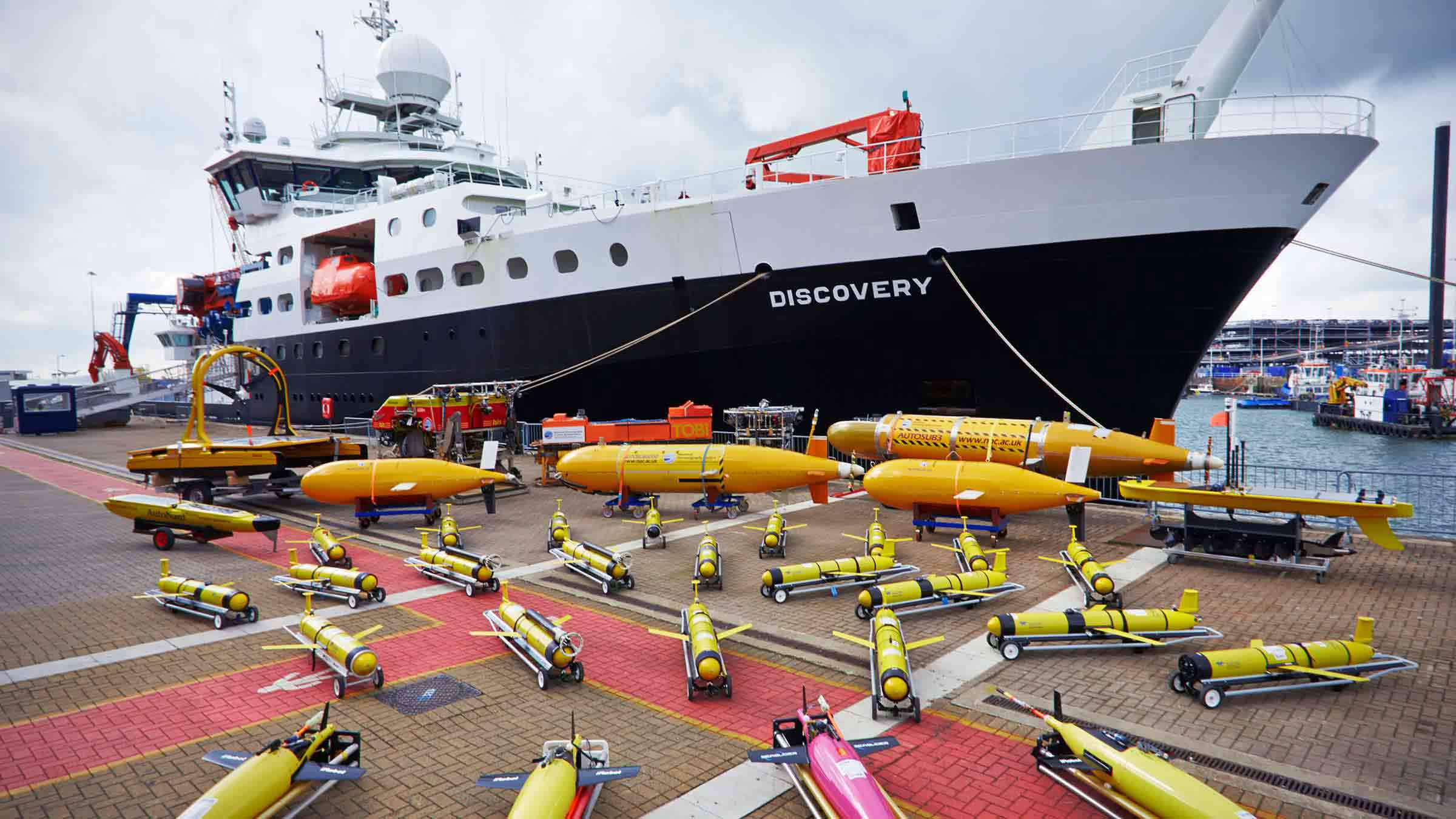
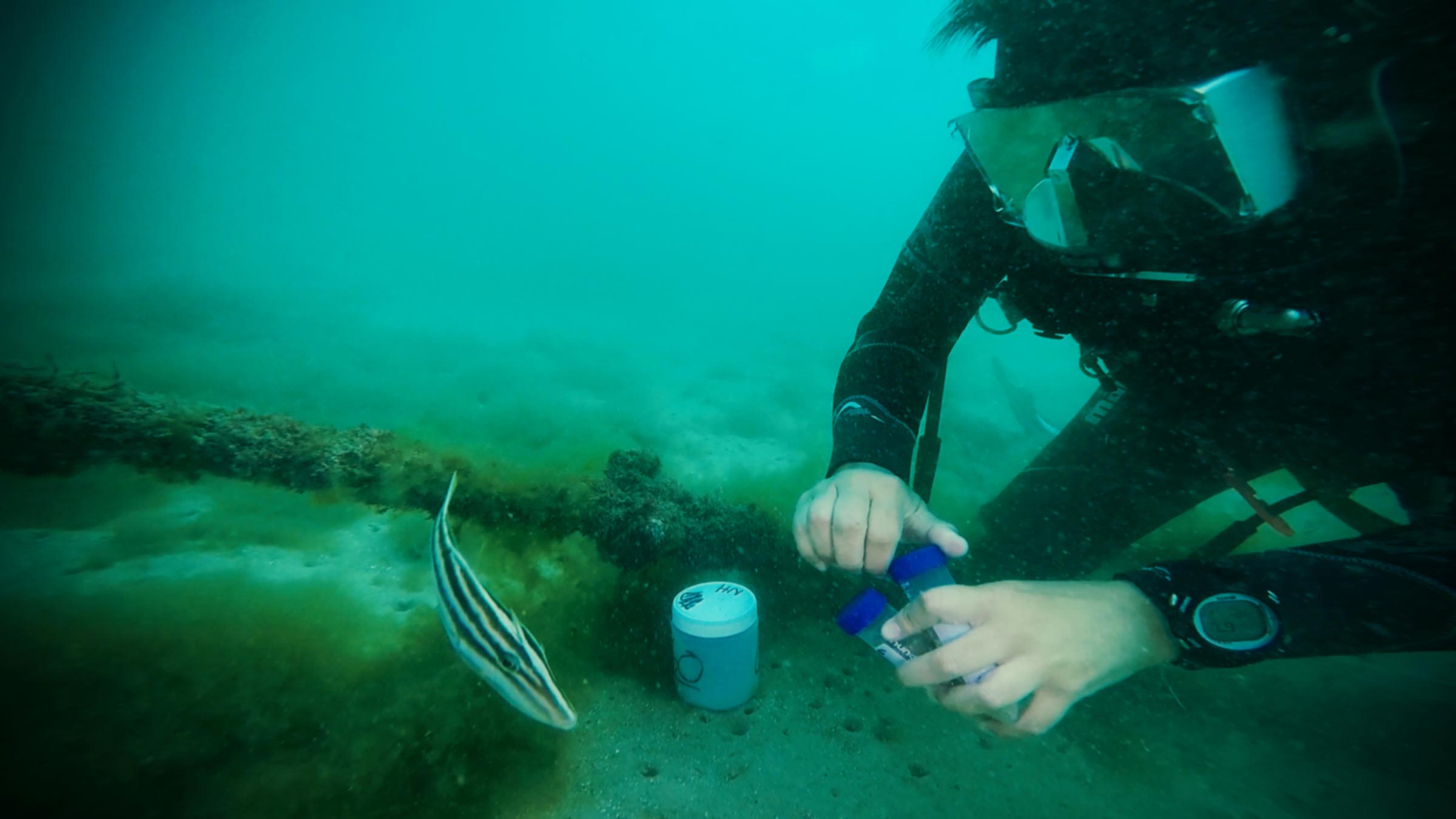
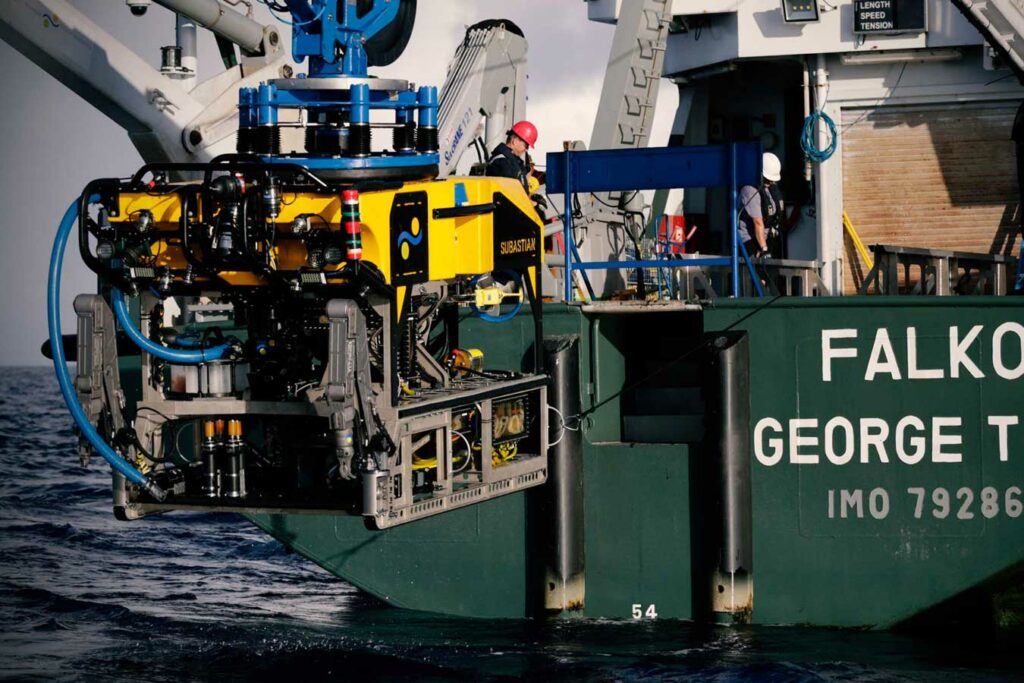
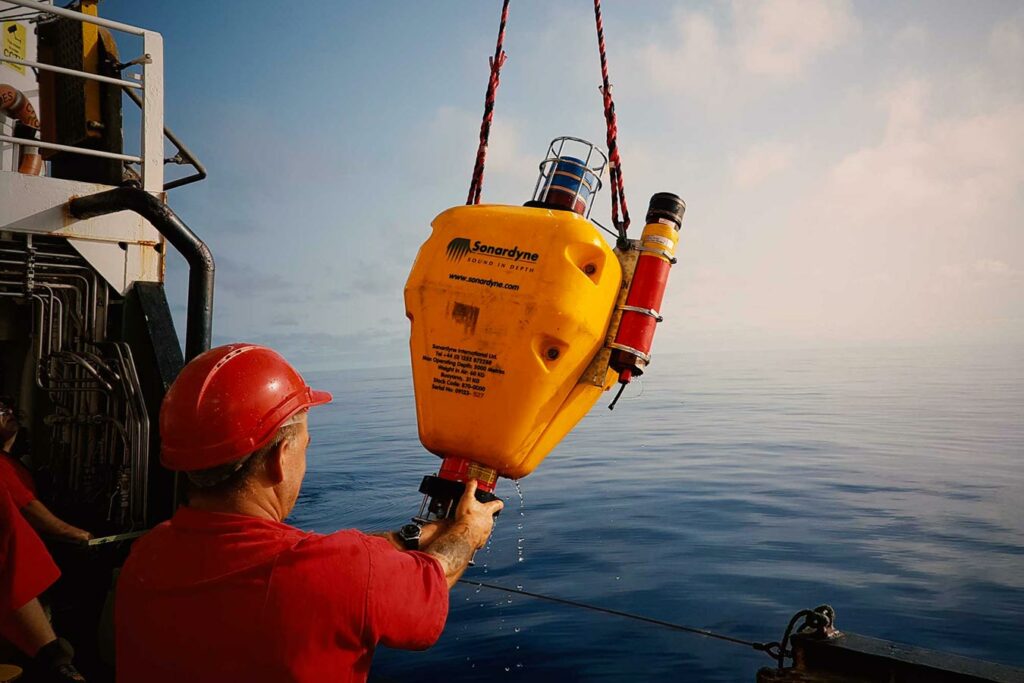
Sustainable, safe, efficient
Efficient, smart, versatile
Our field-proven, low-risk technology is designed to let you achieve more with less instruments and scientists deployed at sea, efficiencies that save not just hours but days of research vessel time – and all without compromising data quality.
Sustainable
We’re aiming to become carbon neutral by the end of 2025, an ambitious goal which covers direct and indirect emissions, including those associated with manufacturing as well as supply chain activities, from our UK sites and operations. It cements our long-term commitment to being an environmentally responsible and sustainable company.
Remote and autonomous oceanography
Operating remotely and managing projects with less people offshore is becoming increasingly important, so we’ve created new products and services to be by your side, even when we can’t be. Innovations that be integrated by you to work on your vehicles, either from commercial companies or robots emerging from your labs.
Science case studies
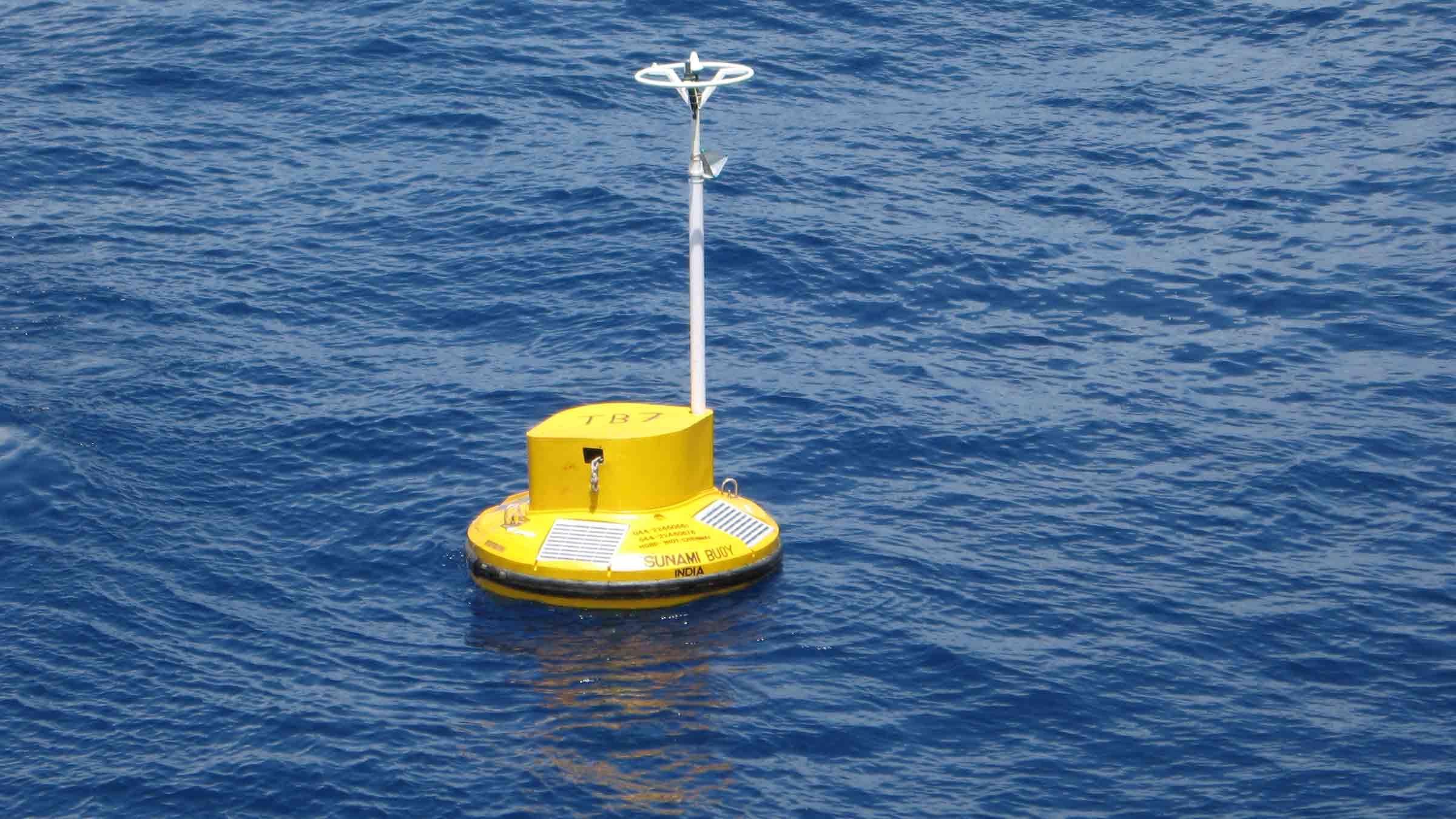
Ocean Science
Underpinning the Indian Tsunami early warning system
Read if you’re interested tsunami detection and bottom pressure recorder (BPR) technologies, and how our solution was selected by India’s National Institute of Ocean Technology to protect their vulnerable coastal communities.
Client: National Institute of Ocean Technology
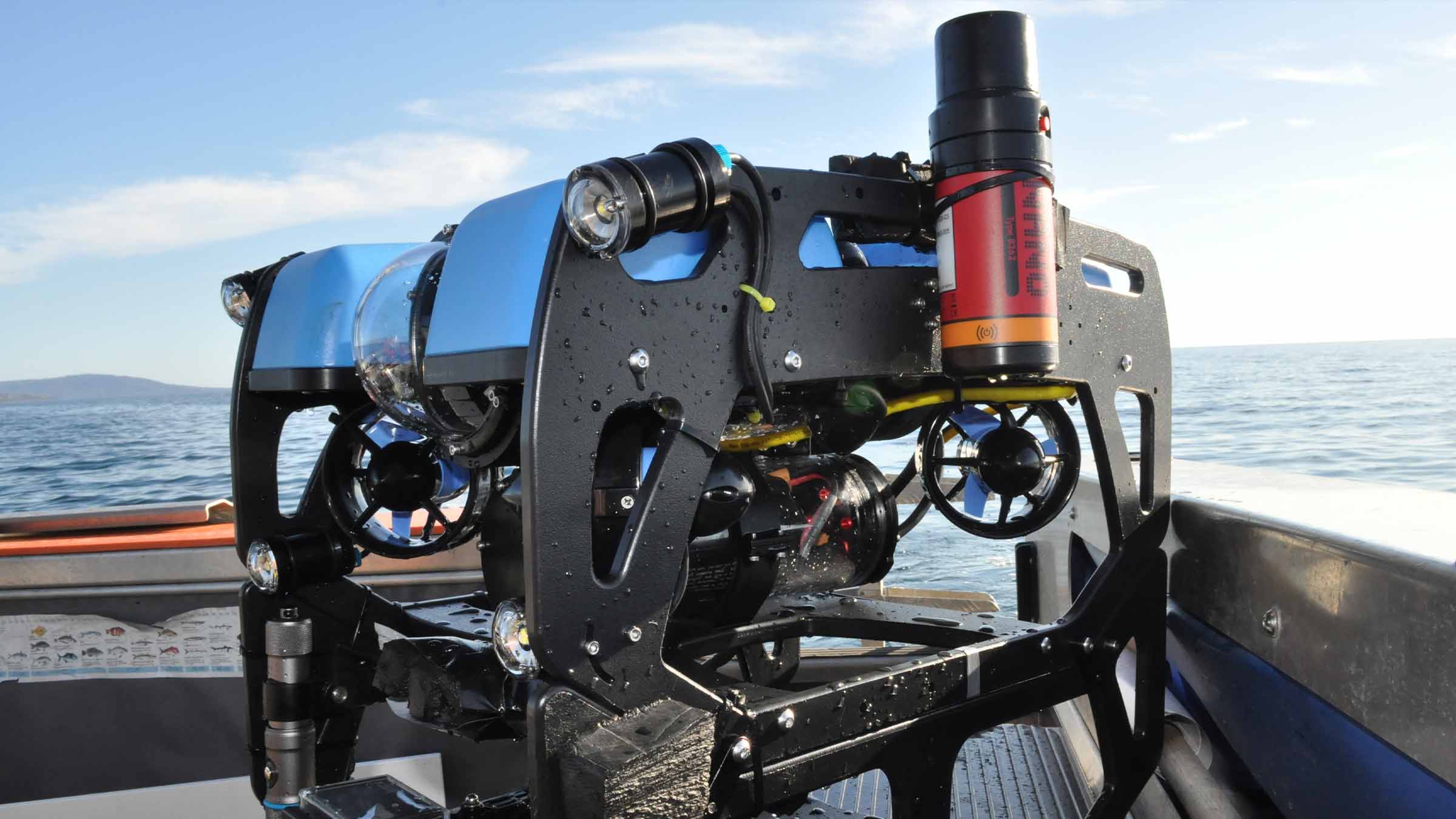
Ocean Science
Micro. For when good is good enough
Micro-Ranger 2 is our smallest ever Ultra-Short BaseLine (USBL) system, designed for first-time users to unpack, install and start tracking. It’s providing an easy to deploy yet important tool for monitoring coastal habitats in Australia, as Fathom Pacific’s Director and Principal Consultant Dr Adrian Flynn sets out for us.
Client: Fathom Pacific
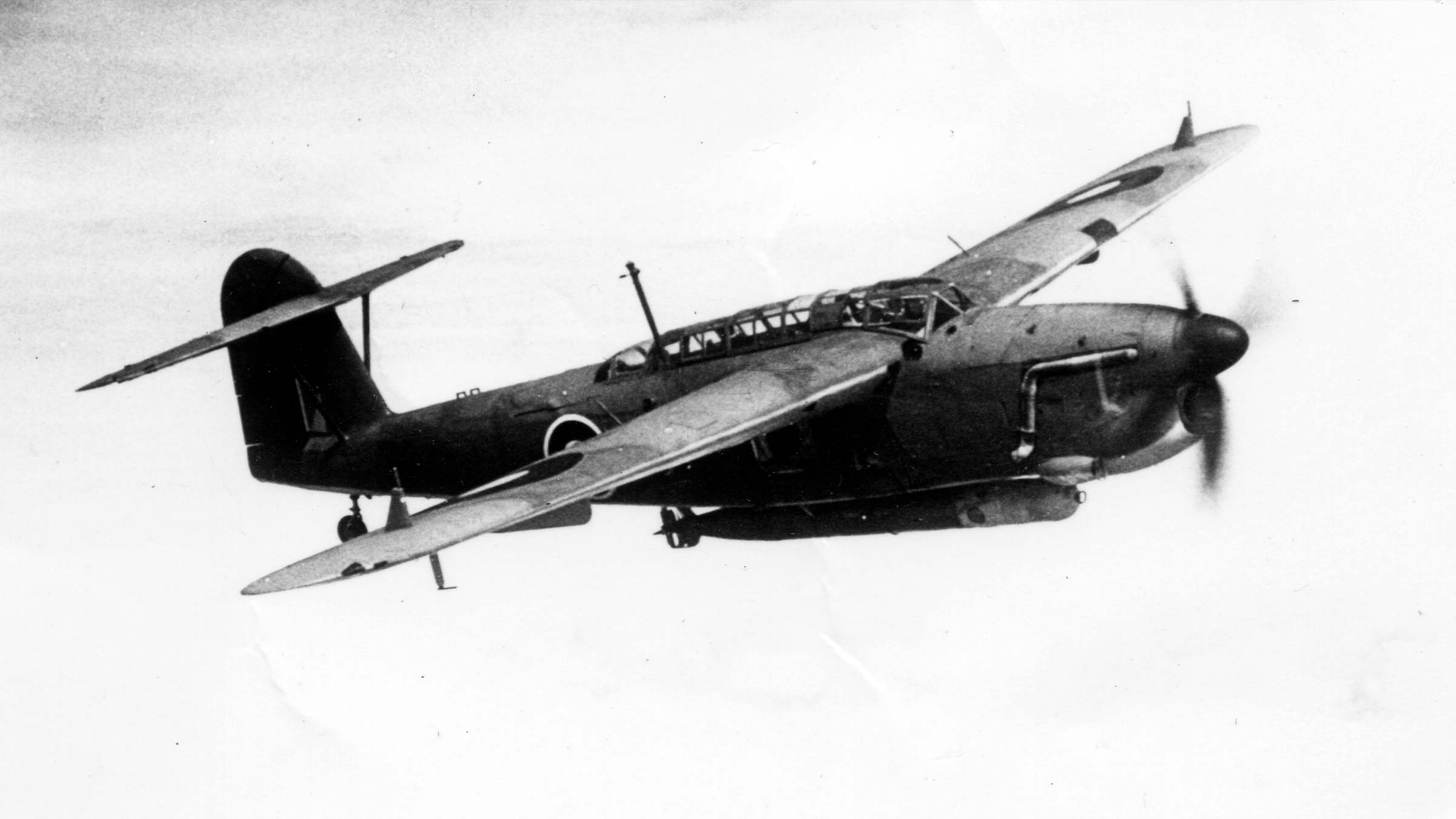
Ocean Science
Recovering lost history with Mini-Ranger 2
Mini-Ranger 2 offers many of the features of our top performing system, but is smaller, making it ideal for temporary use on chartered workboats. Recently, it’s been in service with James Fisher Marine Services who are helping to raise a piece of otherwise lost World War II aviation history.
Client: James Fisher Marine Services
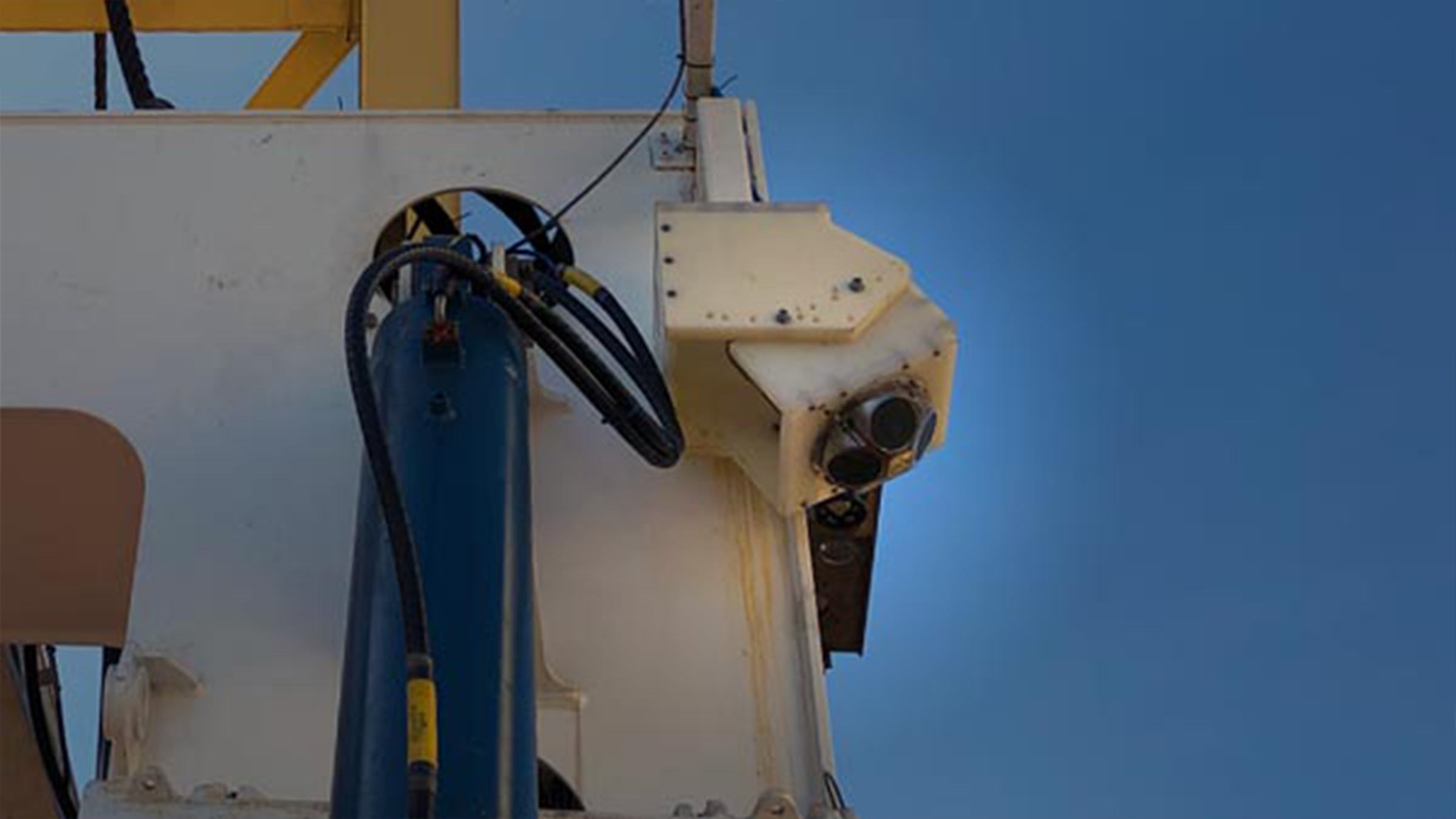
Renewables
DVL aiding – in the harshest environments
Operations involving large vehicles or equipment close to the seafloor can pose a challenge for most traditionally mounted navigation systems. For many applications in these environments, mounting the Doppler velocity log (DVL) with an unobstructed downward view to achieve bottom lock is particularly challenging. Not any more.
Clients: UTEC and DeepOcean
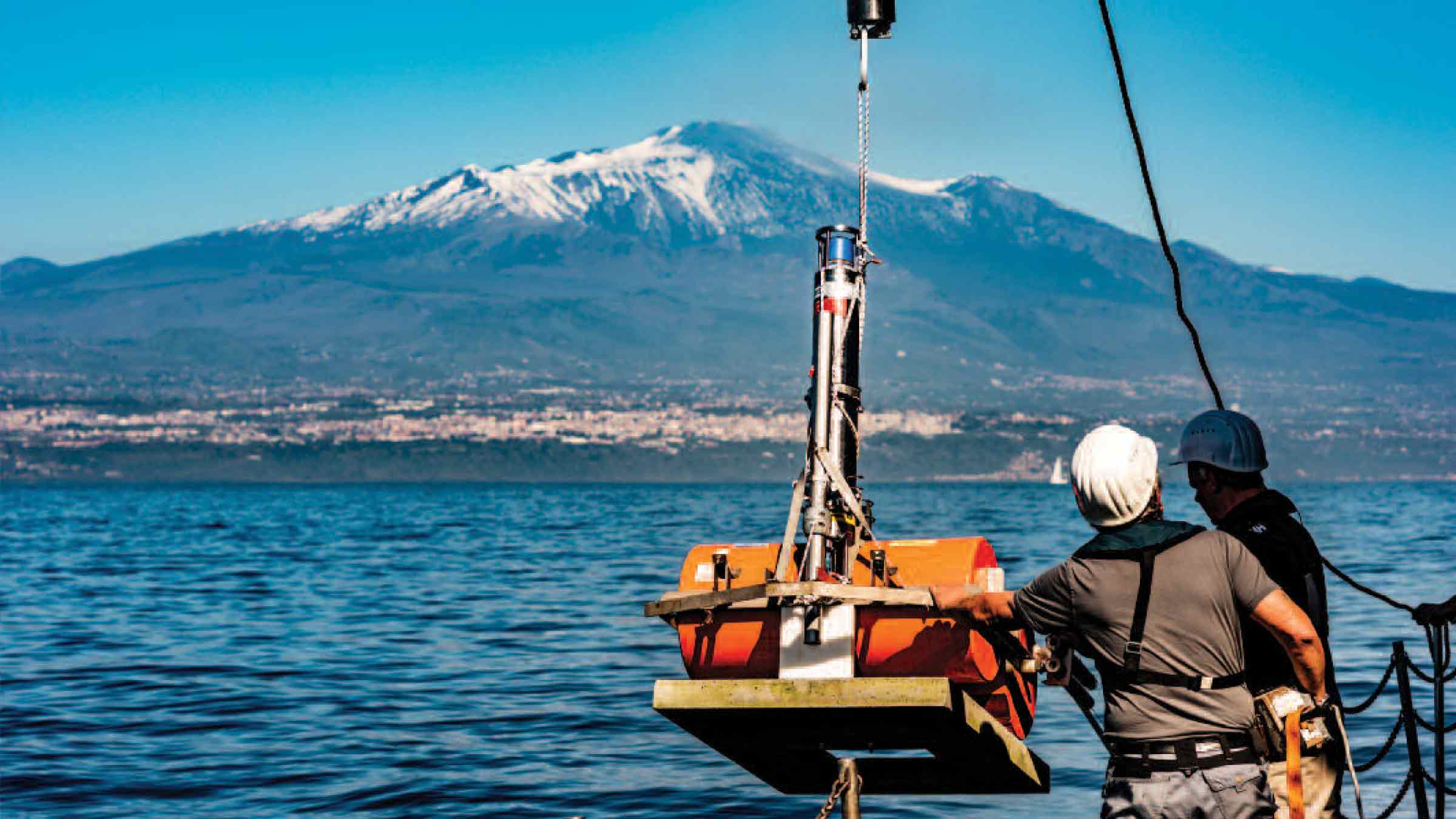
Ocean Science
Measuring Mount Etna – an underwater monitoring first
A network of our instruments deployed by scientists from GEOMAR Helmholtz for 15 months has measured underwater slippage of the southeast flank of Europe’s most active volcano, Mount Etna, for the first time. Read more here.
Client: GEOMAR Helmholtz Centre for Ocean Research
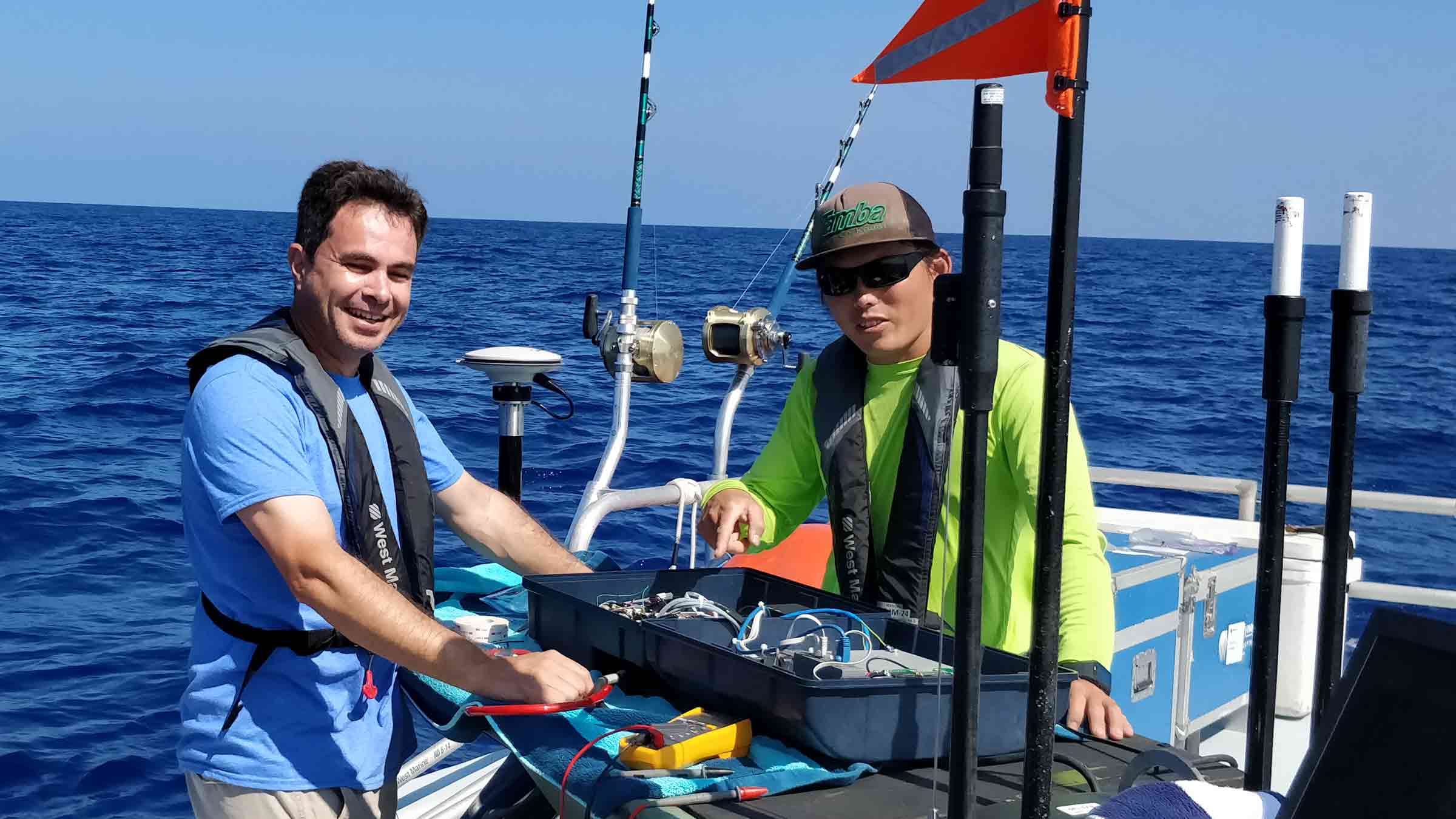
Ocean Science
GPS-Acoustics unlock a new approach to seabed geodetics
Guest authors, Liquid Robotics, take a closer look at seafloor geodesy, an emerging scientific field that is making the real-time study of continental plate tectonics a cost-effective and viable option.
Guest Author: Liquid Robotics
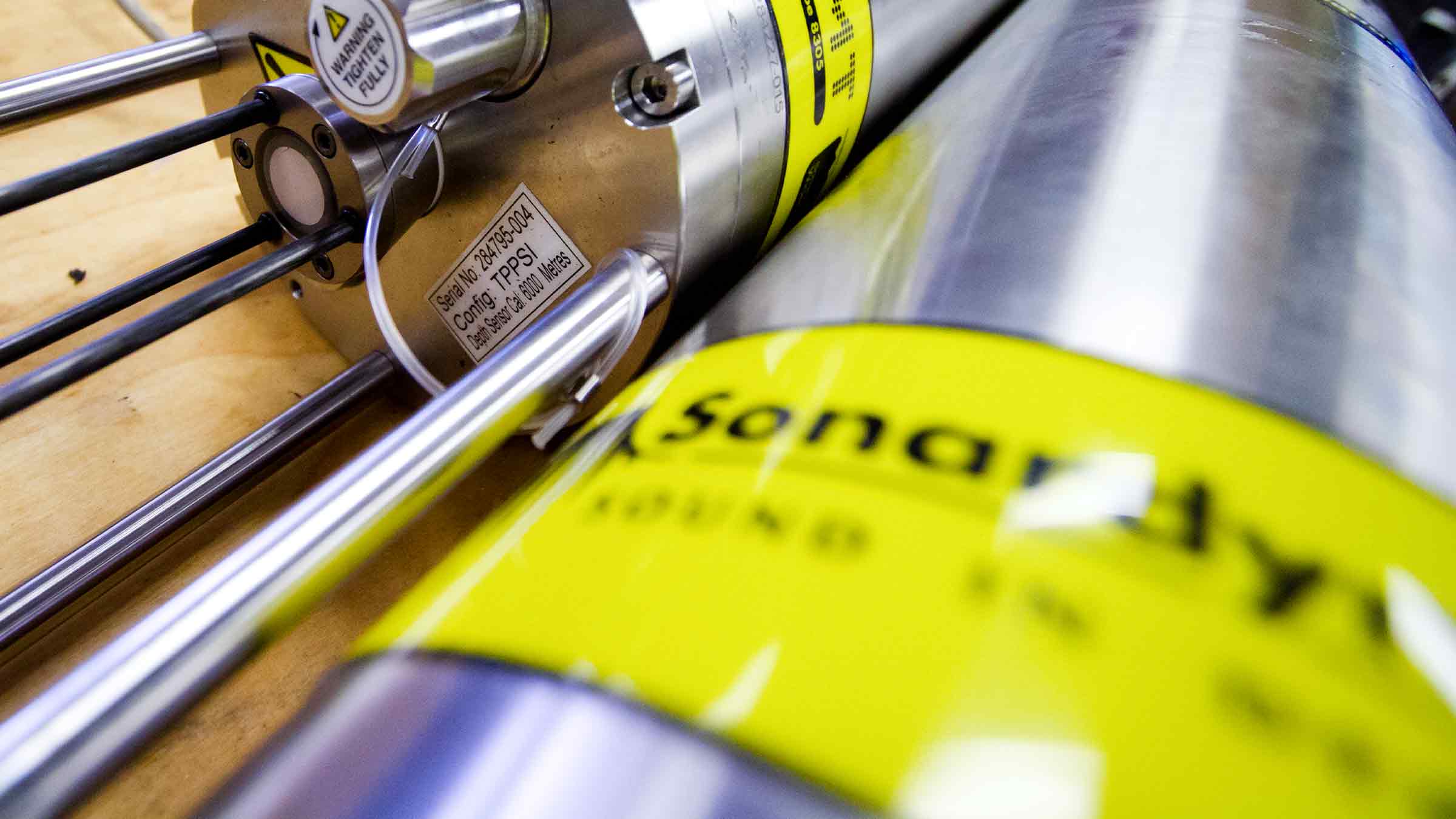
Ocean Science
Long endurance monitoring of tectonic motion
On land, GPS and laser observations enable precise geodetic measurements. Until recently, the inability to undertake cost-effective complementary subsea has not been possible. Read how GEOMAR Helmholtz have been using our monitoring technology to measuring tectonic plate movements.
Client: GEOMAR Helmholtz Centre for Ocean Research
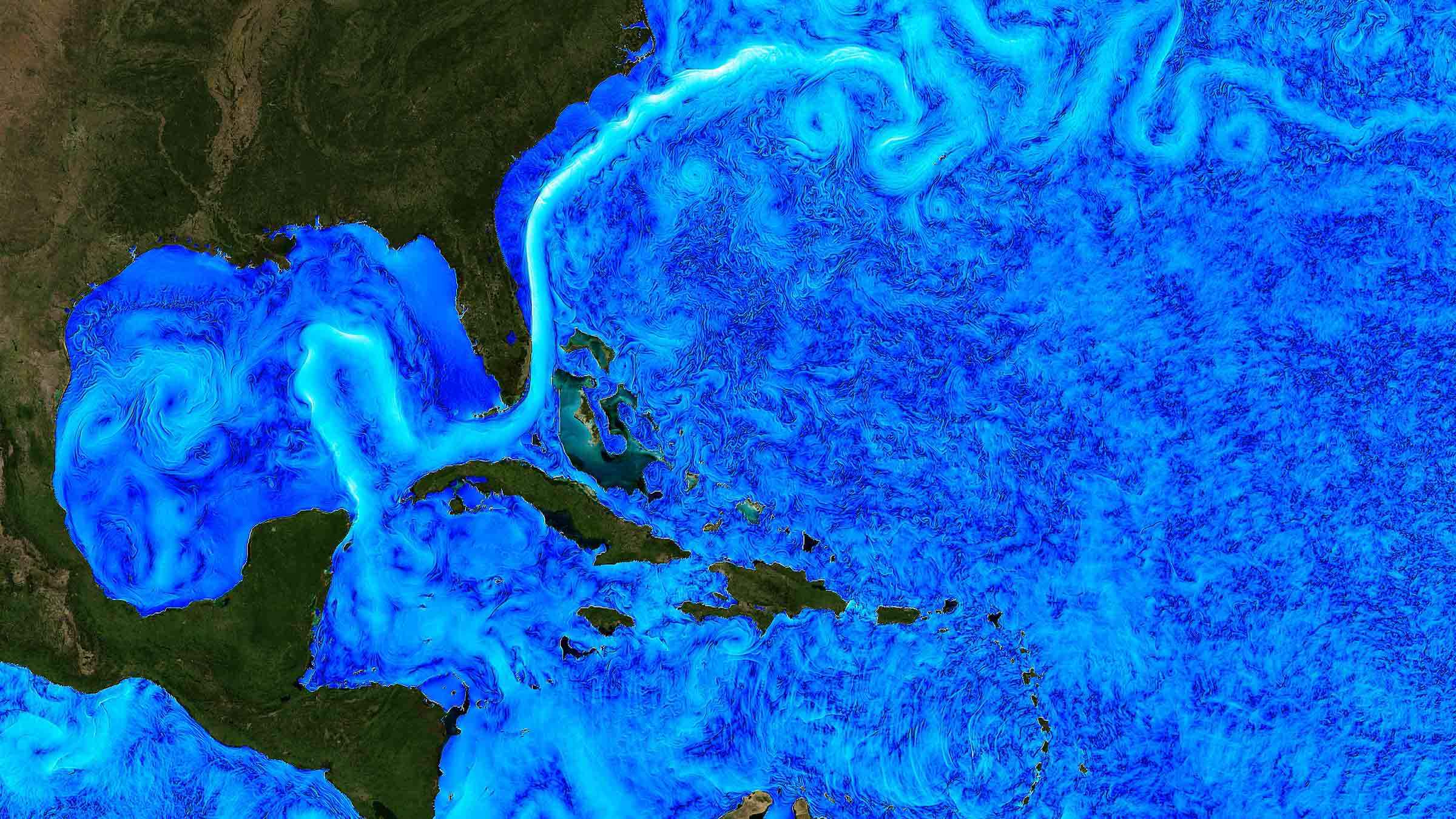
Ocean Science
Unlocking the Gulf Loop Current
Randy Watts, Professor of Oceanography at the of the University of Rhode Island, sets out how our PIES are part of a project to improve the forecasting of underwater ‘storms’ in the Gulf of Mexico.
Client: University of Rhode Island
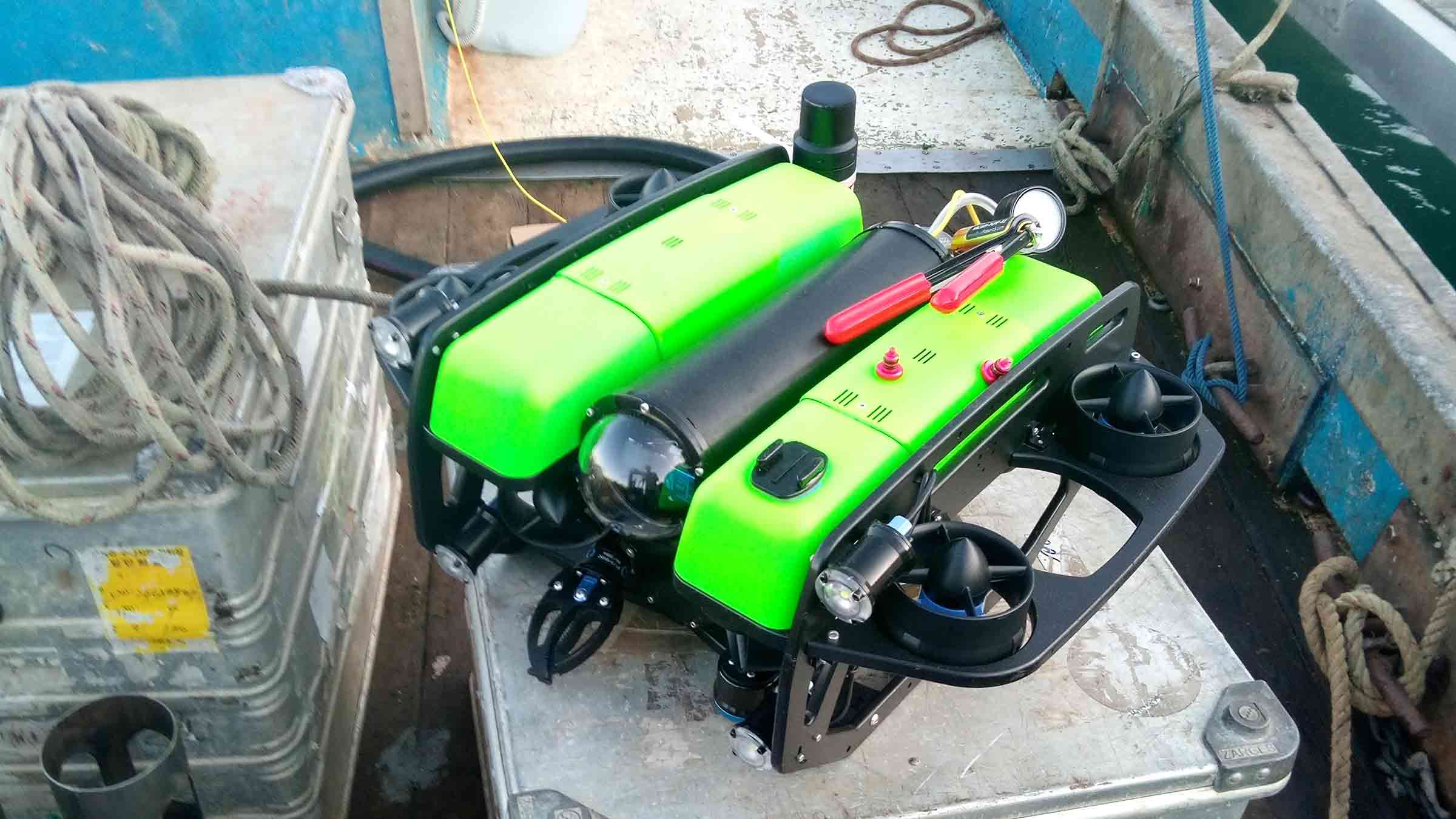
Renewables
Deploy, retrieve, repeat – made easy with RT 6 acoustic release
Shallow water isn’t any less demanding than deep water. DynamOcean operates in tidal estuaries with fast-flowing water and ever-changing environmental settings. Using our acoustic releases and underwater positioning technology they were able to reliably deploy and retrieve their ADCP sensors.
Client: DynamOcean
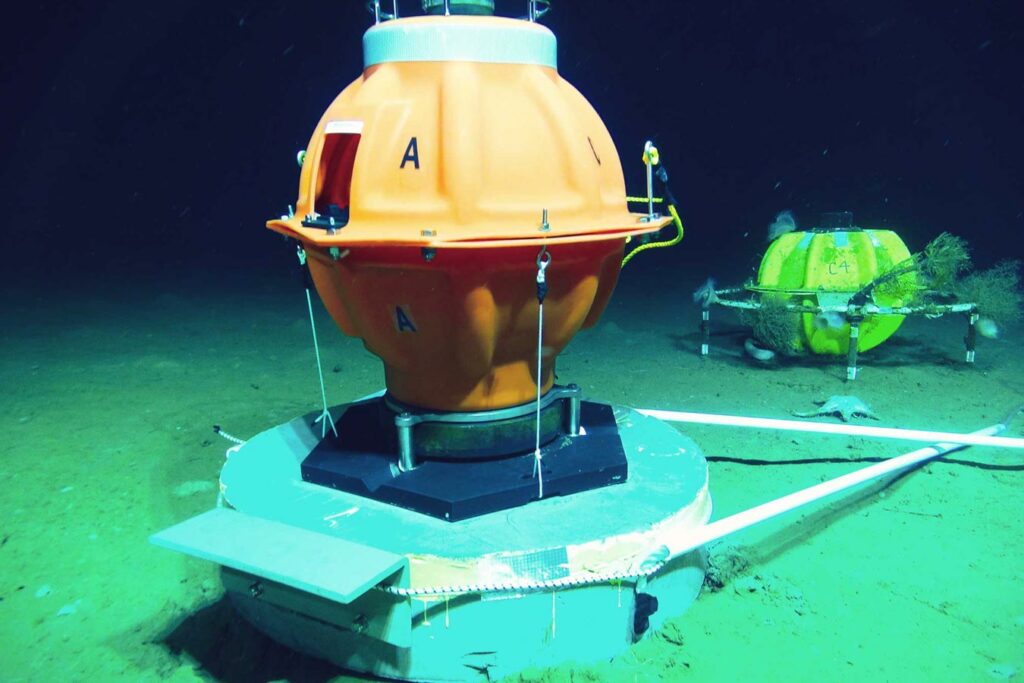
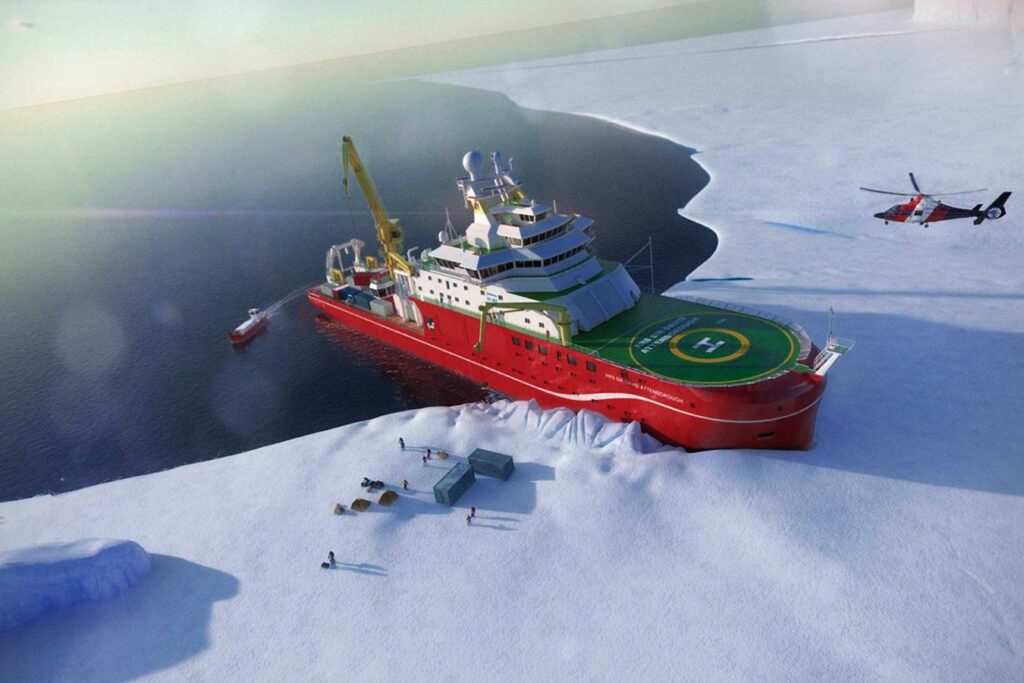
Helping unlock the secrets of our blue planet
Our story began with a pioneering vision to make the future of working underwater better than the past.
This vision still guides our company today; a company that is 300 people strong across the globe, a company that puts everything it has into designing, building, testing, installing and supporting ground-breaking products and services for science-at-sea; a business that takes ownership, does the right thing and consistently delivers on the promises we make.
In this ocean decade, our future story is safe, sustainable and economic solutions for “the science we need for the oceans we want.”. Let’s understand the oceans better together.
